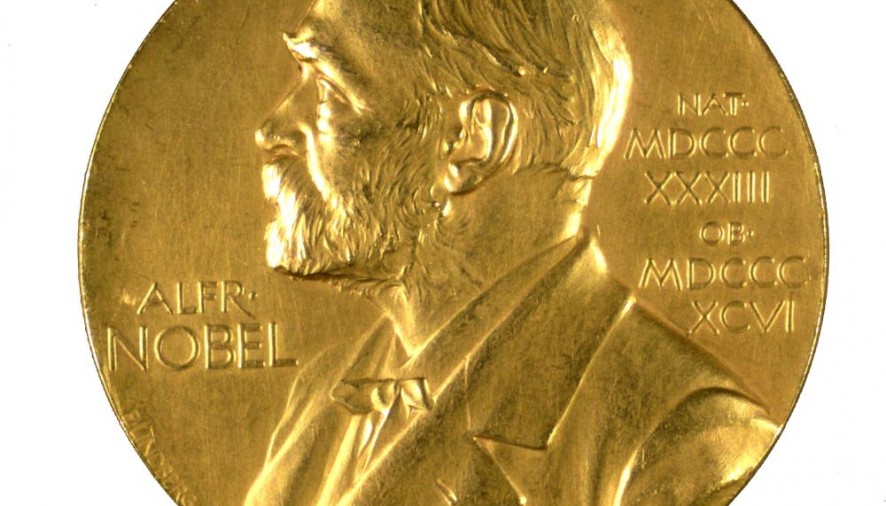When Swedish scientist Alfred Nobel died in 1896, his will declared that his entire fortune should be used to reward the scientists who contribute “the greatest benefit on mankind”. Thus the Nobel Prize Laureates are announced in October each year and outstanding scientists are rewarded for their significant contributions to helping us better understand the world we live in. So what new discoveries have been deemed worth of award this year?
Award: Physiology or Medicine
Who? Professor Yoshinori Ohsumi, Cellular Biologist, Tokyo Institute of Technology, Japan.
What? For his discoveries of mechanisms for autophagy.
Why? Autophagy, or self-eating, is a mechanism by which cells recycle internal components which are no longer functional. Large proteins and worn-out organelles are engulfed by autophagosomes inside the cell, broken down and converted into energy. Professor Ohsumi first discovered the mechanisms of autophagy in yeast cells through a ground-breaking experiment. By blocking the final steps of degradation and simultaneously stimulating autophagy, Ohsumi could visually see autophagosomes accumulate inside his yeast cells. Later, he showed that these mechanisms are also essential for human cell survival. Autophagy has since been implicated in many diseases, including cancer, Parkinson’s and diabetes; therefore Professor Ohsumi’s findings have formed the basis for much of today’s research trying to find drugs which target autophagy to treat these diseases.
Wise words: “I don’t feel comfortable competing with many people, and instead I find it more enjoyable doing something nobody else is doing. In a way, that’s what science is all about, and the joy of finding something inspires me.”
Award: Chemistry
Who? Jean-Pierre Sauvage, University of Strasbourg, France; Sir Fraser Stoddart, Northwestern University, USA; and Bernard L. Feringa, University of Groningen, the Netherlands.
What? For the design and synthesis of molecular machines.
Why? How small can you make functional machinery? By chemically altering bonds and structures, this year’s Laureates have managed to link together molecules in such a way that they can function as nanomachines, responding with a mechanical movement to a relevant input. The three scientists each created a new kind of molecule that would form the basis for functional nanomachines. Sauvage invented a new method for linking together various molecules in chains (cantenanes); Stoddart created rotaxanes, a ring-shaped molecule attached to an axle and Feringa manipulated the random spin of molecules to create the first molecular motor (and in 2011 also used this to build a nanocar). Together, these molecules form a toolbox which is used today to develop increasingly advanced constructions, such as robots, batteries and drug delivery vehicles, believed to form the industrial revolution of the 21st century.
Response to the good news: “I don’t know what to say. I’m a bit shocked, I’m honoured and emotional” Prof. Feringa.
Award: Physics
Who? Three brits now working at acclaimed American universities: David J. Thouless, University of Washington, USA; F. Duncan M. Haldane, Princeton University, USA; J. Michael Kosterlitz, Brown University, USA.
What? For theoretical discoveries of topological phase transitions and topological phases of matter.
Why? This is where it gets really mind-boggling. Topology is the study of a physical space which remains the same irrespective of a deformation such as stretching or bending. The Nobel Committee took to pastries to explain further; if you compare a cinnamon bun, a bagel and a pretzel you could say they are all different, have different shapes and flavours, but to a topologist the only interesting thing about these shapes are the holes (or absence of them, as in the case of a cinnamon bun). The number of holes in a pastry would be referred to as the topological invariant. This year’s physics laureates have used topology to describe the properties of materials in extreme phases, such as in extreme cold. They showed that materials with a ‘pretzel topology’, i.e. more holes, will always have greater conductivity than materials with the ‘bagel topology’. This becomes important in explaining the properties of various materials and also in identifying new materials with special properties such as topological superconductors and topological metals which for example may be used in future generations of today’s electronics.
Response to the good news: “I’m a bit British, or phlegmatic, about these things, so I didn’t faint or anything” Prof. Haldane.
A topology joke: Q: What is a topologist? A: Someone who cannot distinguish between a doughnut and a coffee cup.
In addition, the Peace Prize was awarded to the Colombian President Juan Manuel Santos for his efforts to end the civil war which has been tearing Colombia apart for over 50 years and the Prize in Economic Sciences was awarded to Oliver Hart and Bengt Holmström for their contributions to contract theory. At the time of print, the Literature Laureate has not yet been announced. In addition to the 8 million Swedish kronor (£739,680) and a handshake with the Swedish king, the prestigious price also includes having your portrait painted, an 18 carat gold medal and a visit to the iconic Vasa Ship museum in Stockholm.
Louise Müller
(Image courtesy of Thomas Fisher Rare Book Library, UofT)

